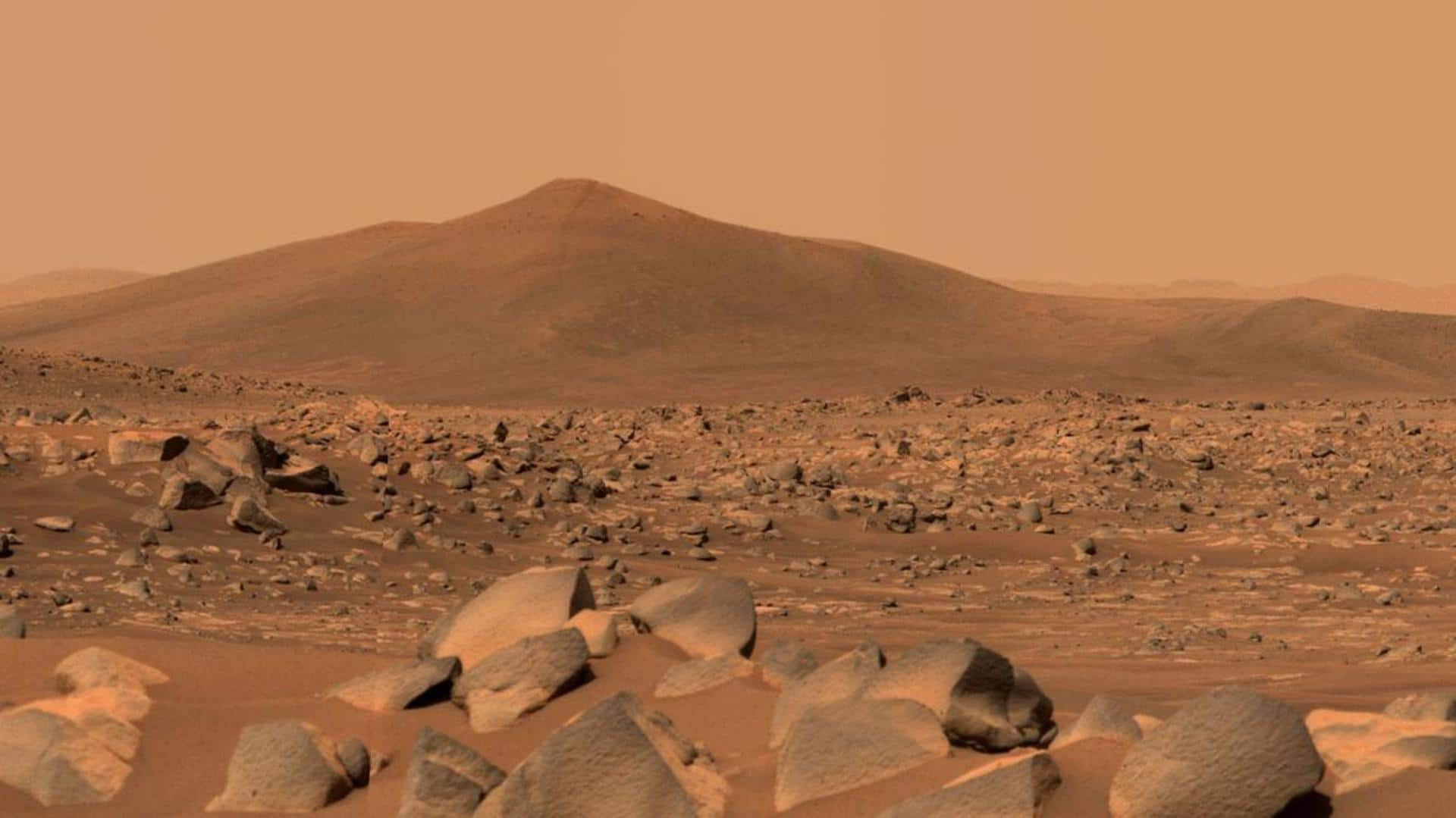
How AI can help find life beyond Earth
What's the story
The hunt for life beyond our home planet is bound to get easier in the future. Scientists have developed a new machine learning tool that could help look for signs of life on Mars and other extraterrestrial bodies. Notably, the newly developed tool could have significant implications for the Perseverance Rover mission, which is currently probing Mars, as well as other future robotic missions.
Context
Why does this story matter?
At present, the ability to collect samples from other planets is limited. Researchers employ remote sensing equipment to look for hints of life in alien worlds and accessing these instruments is also a difficulty. The latest AI tool and its promising results indicate that things could become far easier for the scientific community in the future.
Study
Scientists have used a salt basin to create knowledge model
Scientists mapped the sparse lifeforms present in salt domes, rocks, and crystals in the Salar de Pajonales, a salt basin located on the boundary of the Chilean Atacama Desert and Altiplano, a high plateau region. With an altitude of 3,541 meters, high UV, and a hyperarid environment, the conditions of Pajonales are considered similar to that of Mars.
Information
The model was trained to identify the distribution of life
The researchers trained a machine learning model to recognize the patterns and rules associated with the distribution of life across these harsh regions. The training taught the model to identify similar patterns in data on which it was not trained.
Results
The system could detect biosignatures 87.5% of the time
Upon combining statistical ecology with AI, the system could locate and detect biosignatures—substances that can provide evidence of past or present life—up to 87.5% of the time. In comparison, only about a 10% success rate was attained by random searches. Further, the tool could decrease the area needed for search by as much as 97%, helping scientists refine their hunt for extraterrestrial life.
Official words
We hope other astrobiology teams adopt our approach: Warren-Rhodes
"Our framework allows us to combine the power of statistical ecology with machine learning to discover and predict the patterns and rules by which nature survives and distributes itself in the harshest landscapes on Earth," said Kim Warren-Rhodes, from SETI Institute who led the study. "We hope other astrobiology teams adopt our approach to mapping other habitable environments and biosignatures."
Implication
The models could help design "tailor-made roadmaps" to guide rovers
"With these models, we can design tailor-made roadmaps and algorithms to guide rovers to places with the highest probability of harboring past or present life —no matter how hidden or rare," added Warren-Rhodes. Such machine learning tools, according to researchers, could be employed in robotic missions like the Perseverance rover, which is currently probing for signs of life on Mars's Jezero Crater.
Findings
The team collected about 8,000 images
The team collected about 8,000 images and over 1,000 samples from Salar de Pajonales and tested instruments to detect photosynthetic microbes living within the region's salt domes, rocks, and alabaster crystals. The pigments excreted by these microbes represent one possible biosignature on NASA's "Ladder of Life Detection," designed to guide investigations to "detect microbial life within the practical constraints of robotic space missions."
Information
Researchers found microbial life at Pajonales was not randomly distributed
Using drone imagery, the teams determined that microbial life at Salar de Pajonales was not randomly distributed. Instead, it was concentrated in biological hotspots that were strongly linked to the availability of water.
CNN
The model was trained to identify macro-scale and micro-scale habitats
The team trained convolutional neural networks (CNNs) to recognize and predict large macro-scale geologic features at Salar de Pajonales. Certain features which are found in this region like the patterned ground or polygonal networks are also present on Mars. The system was also trained to identify and predict smaller micro-scale habitats that would most likely contain biosignatures.
Future
CNNs will be tested on stromatolite fossils and salt-tolerant microbiomes
Next, the team will test CNN's ability to predict the location and distribution of ancient stromatolite fossils and salt-tolerant microbiomes with the same machine learning algorithms which could help understand if the same rules apply to other similar natural systems. Following this, researchers hope to begin mapping hot springs, frozen permafrost-covered soils, and the rocks in dry valleys.